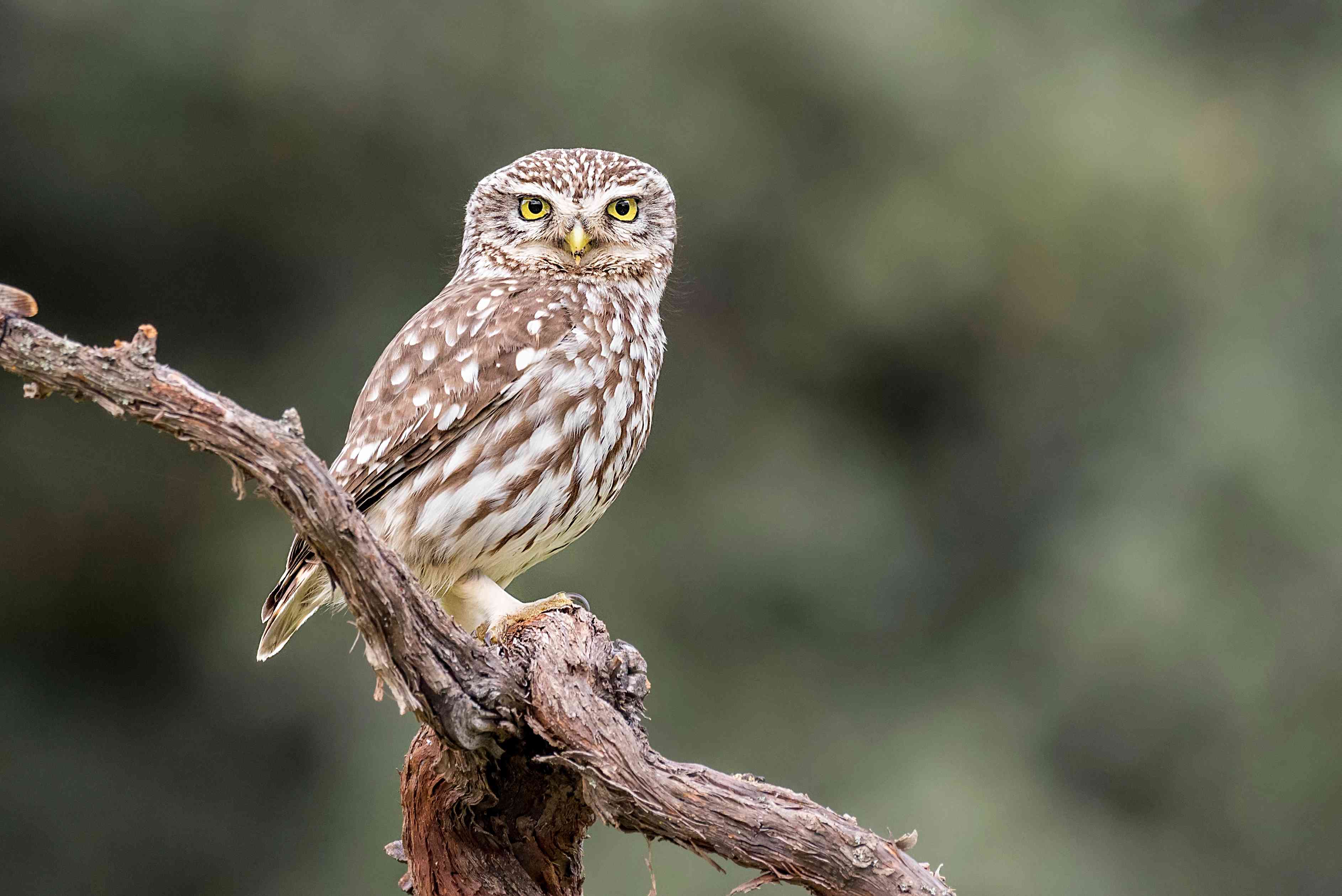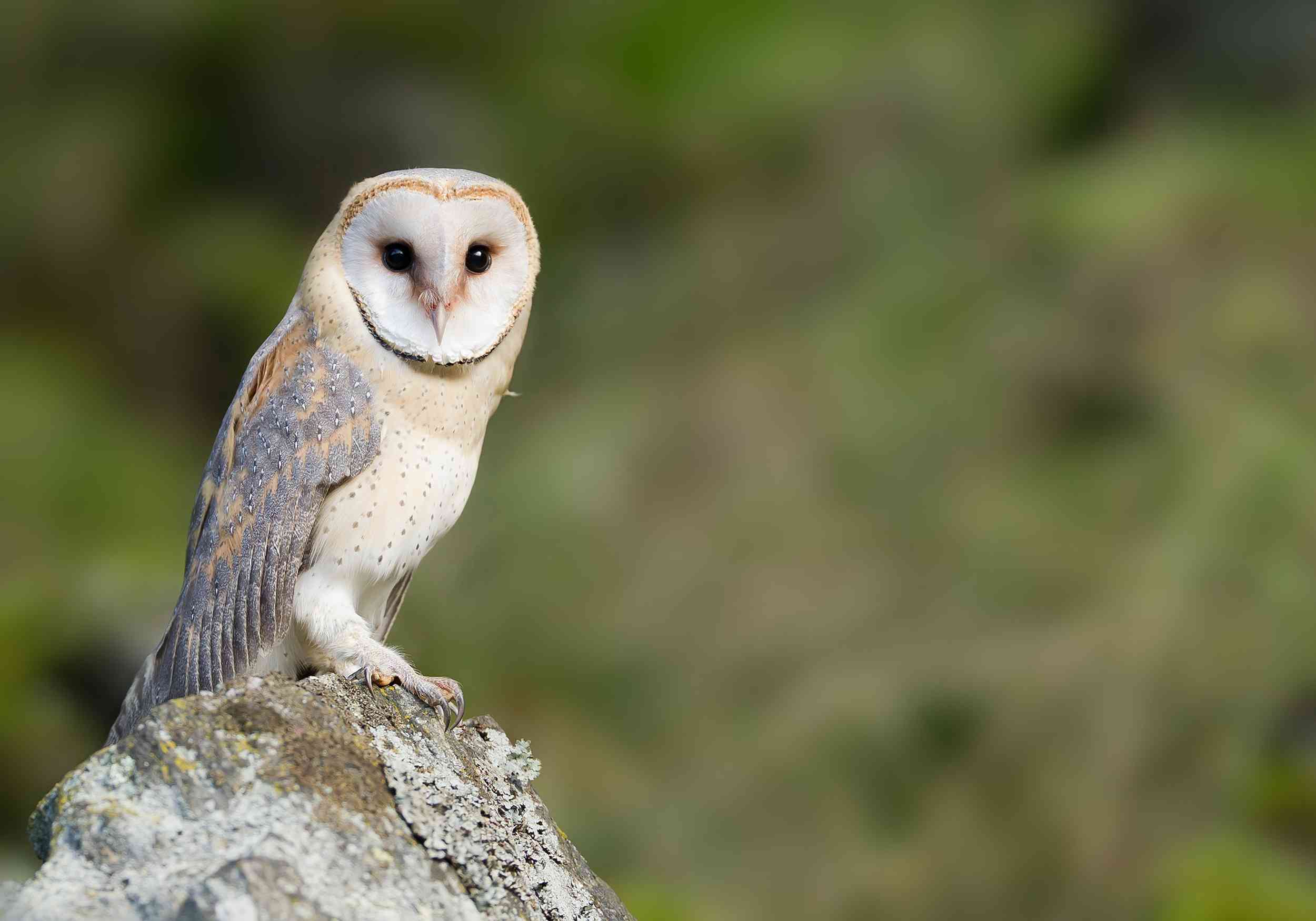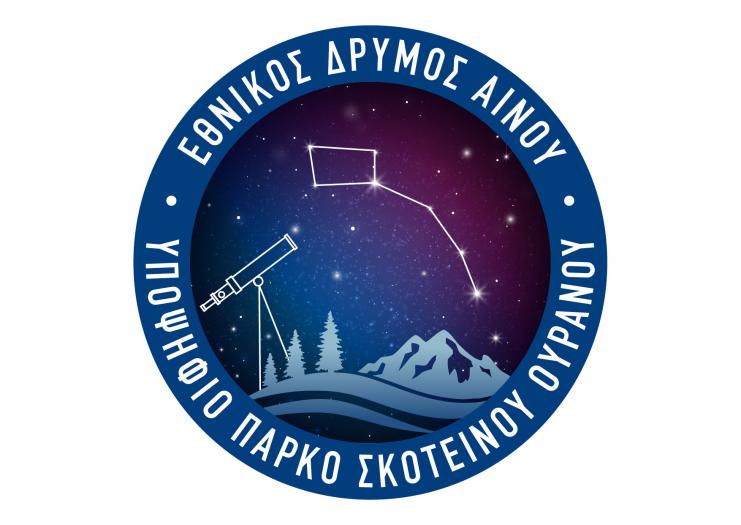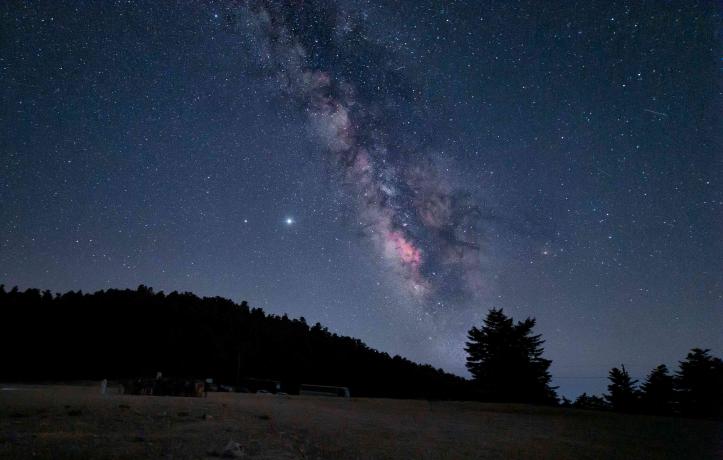
The International Dark Sky Park of Mt. Aenos National Park is a land possessing an exceptional or distinguished quality of starry nights and a nocturnal environment that is specifically protected for its scientific, natural, educational, cultural heritage, and/or public enjoyment. The International Dark Sky Park is managed by N.E.C.C.A., and its Board and staff supports dark skies and the natural nighttime environment as a valued resource. It is the first National Park of Greece to be designated as the International Dark Sky Park.
Mt. Aenos National Park apart from its valuable biodiversity and natural beaty, has also its own observatory and astronomical research center. The Research Foundation of Kefallinia (RFK) “EUDOXOS” is the administrational centre of an Astronomical Observatories Complex placed around the 1070 m plateau of the Ainos Mountain. The Eudoxos’ Astronomy Complex comprises the main “Ainos Astronomy Base” and its “Satellite Space Station -G. Lykoudis”. RFK has been established to fulfill the aim of the donation of the Astronomy Base premises by the Hellenic Air Force (concluded in 1998) for the creation of an astronomical observatory in mount Ainos. RFK/”EUDOXOS” is a self-ruled legal entity of the Region of Ionian Islands, in the form of an Astronomical and associated fundamental physics Foundation, as described in its constitutional Presidential Decree (2005). It comprises the following two complementary scientific establishments bearing the same name:
- The EUDOXOS National Observatory of Education (NOE-“E”) which administers the RFK’s educational telescopes.
- The EUDOXOS National Astronomy Centre (NAC-“E”) which administers the RFK’s research telescopes.
RFK/EUDOXOS was the first Robotic Astronomy Center in Greece (1999) and has been one of the major European establishments specializing in Robotic Astronomy, as well as one of the founding members of the Heterogeneous Telescope Network (HTN). Its infrastructure was funded on a case by case basis mainly from national (Ministry of Education) and international (E.U.) research programmes (1999-2004).
Some of the benefits of the recognition of Mt. Aenos National Park as International Dark Sky Park are the attraction of more visitors. N.E.C.C.A. provides public education about dark skies. This new programming tool often attracts new visitors to the park. It is also a good marketing tool because it provides new and unique ways to draw visitors. The increase in visitors due to a dark sky designation also means an increase in customers for local area businesses. And finally, in order to achieve a dark sky designation, N.E.C.C.A. and local authorities ensure that the area lighting is dark sky friendly, making the island darker.
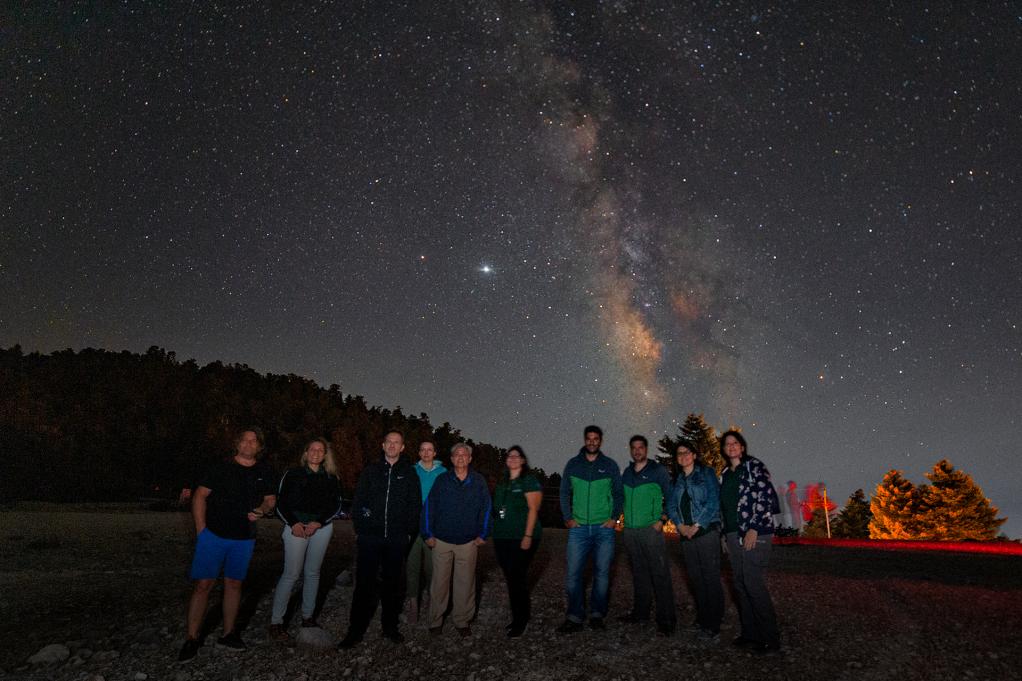
For billions of years, all life has relied on Earth’s predictable rhythm of day and night. It’s encoded in the DNA of all plants and animals. Humans have radically disrupted this cycle by lighting up the night. Plants and animals depend on Earth’s daily cycle of light and dark rhythm to govern life-sustaining behaviors such as reproduction, nourishment, sleep and protection from predators. Scientific evidence suggests that artificial light at night has negative and deadly effects on many creatures including amphibians, birds, mammals, insects and plants. Nocturnal animals sleep during the day and are active at night. Light pollution radically alters their nighttime environment by turning night into day. For example, Sea turtles (Caretta caretta) live in the Mediterranean Sea, but hatch at night on several Kefalonian beaches. Hatchlings find the sea by detecting the bright horizon over the ocean. Artificial lights draw them away from the sea. Birds that migrate (e.g. ducks) or hunt (e.g. owls) at night navigate by moonlight and starlight. Artificial light can cause them to wander off course and toward the dangerous nighttime landscapes of cities. Many insects (e.g. moths) are drawn to light, but artificial lights can create a fatal attraction. Today many species of flora, fauna, avifauna, as well as lots of insects of Mt. Aenos International Dark Sky Park are active mainly at night.
